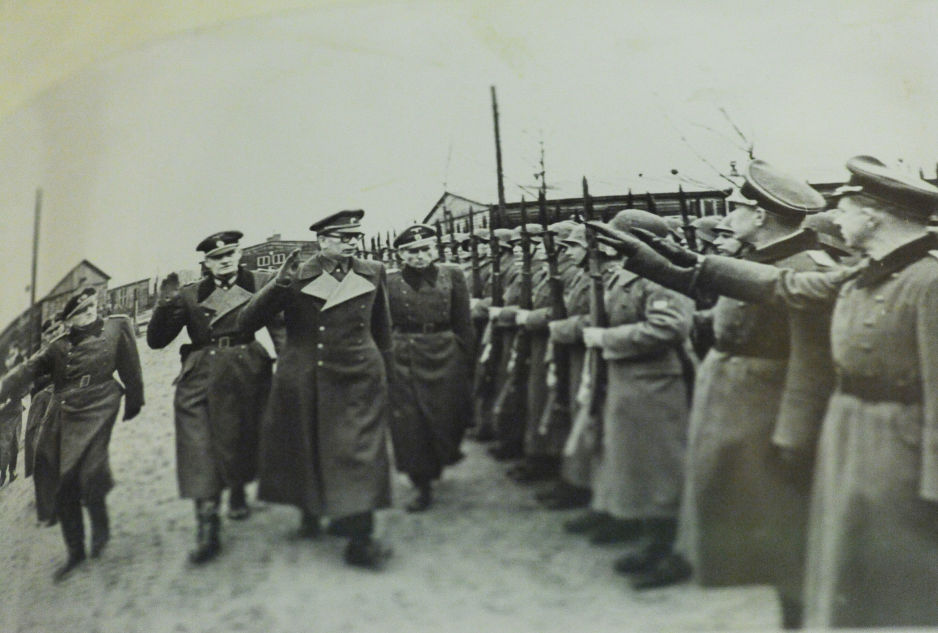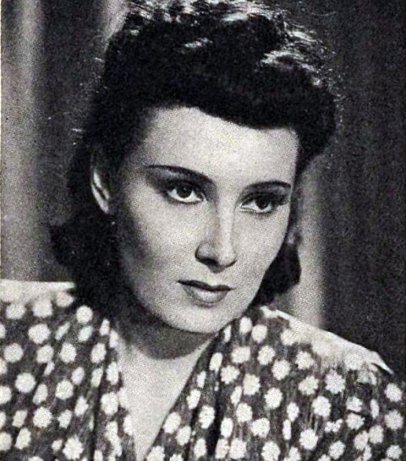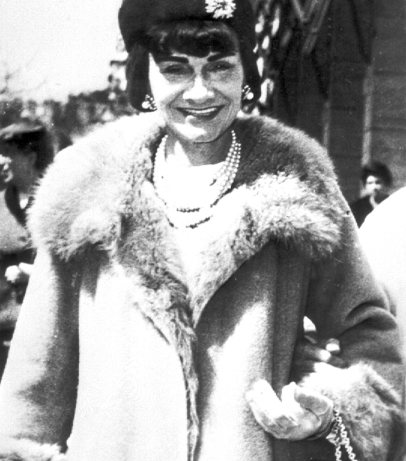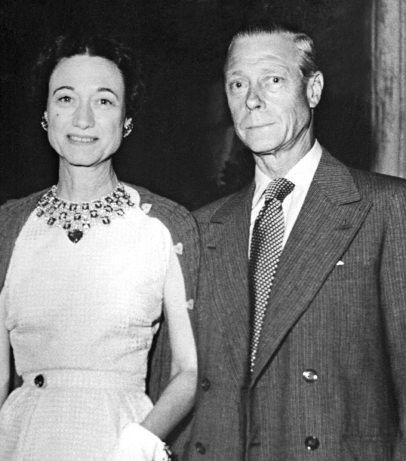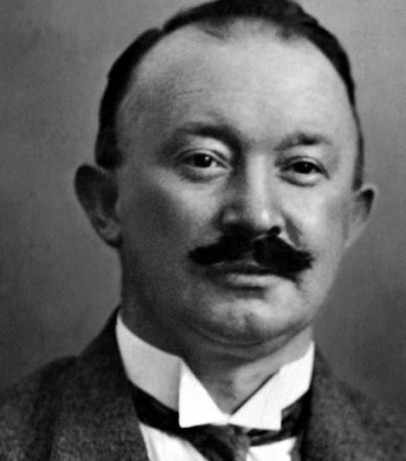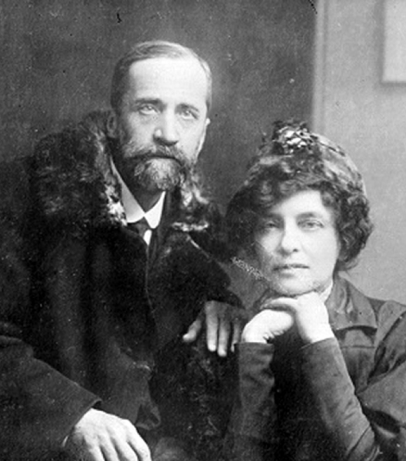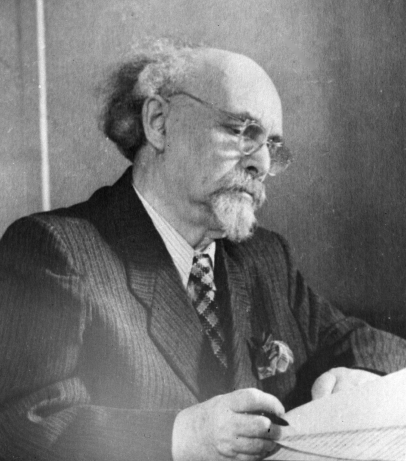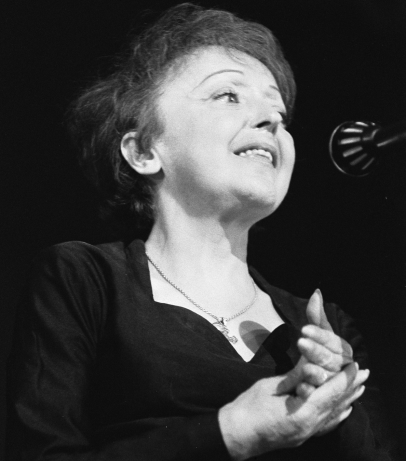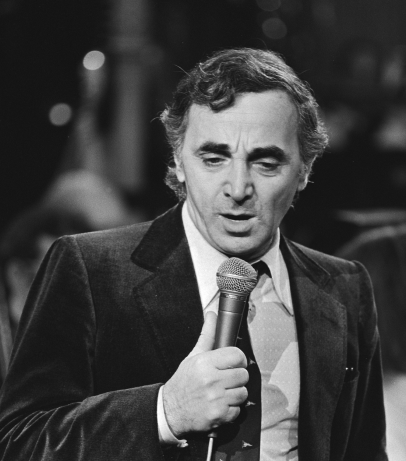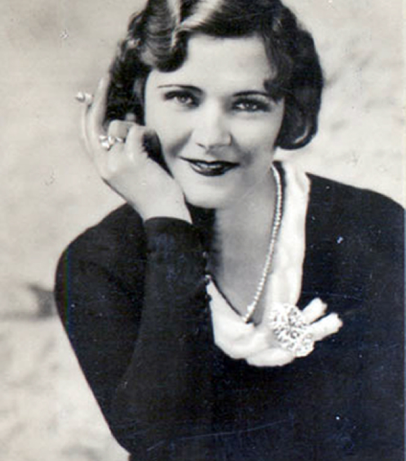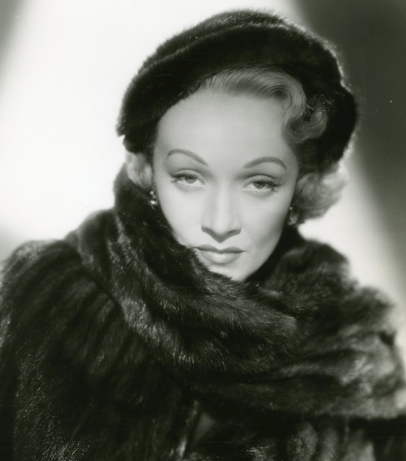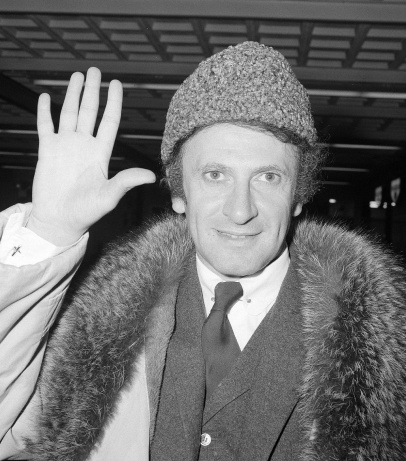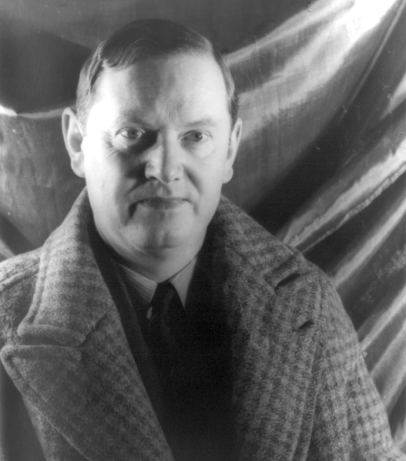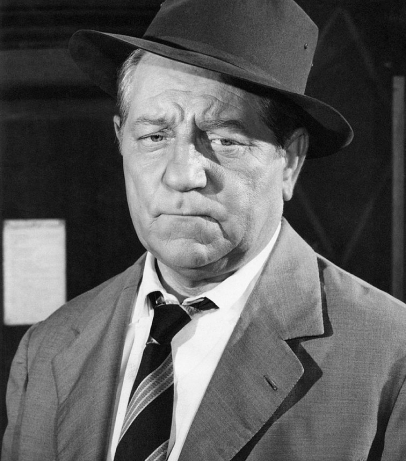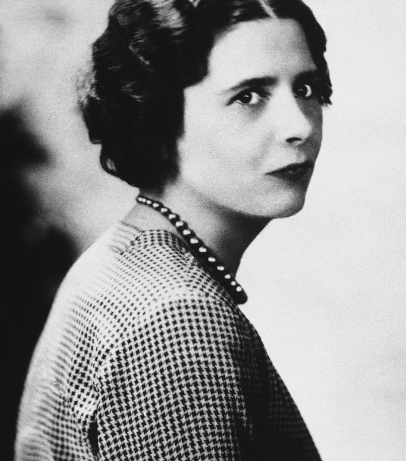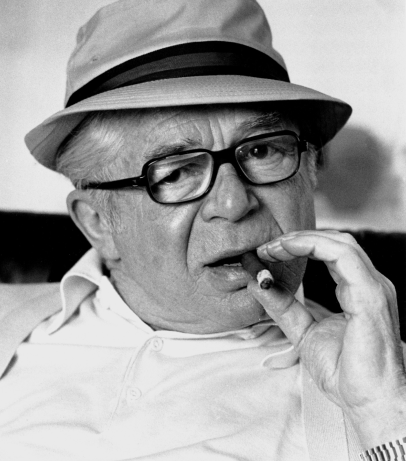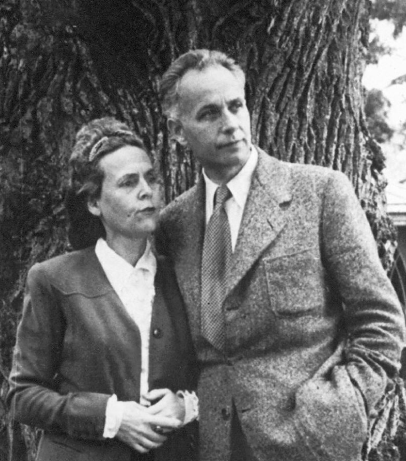The Soviet authorities opposed the intention to send tens of thousands of Soviet citizens from Austria to Latin America through Italian ports. The official protest was made by the Office of the Commissioner for Repatriation Affairs of the Council of Ministers of the USSR and it applied to those former soldiers of the Russian Liberation Army (ROA) - or “Vlasov’s men” - who had remained in Europe.
There are no official data on the number of ROA soldiers in Austria in the autumn of 1946. During the war, “Vlasov’s men” - so-called because they had been led by the treacherous Red Army general Andrey Vlasov, who had defected to collaborate with the Germans - were often executed without due process. Soldiers of the Red Army hated them, as they were traitors. Many thousands of former “Vlasov’s men”, who found themselves cast as the enemy because of unavoidable circumstances as early as 1941, sought political asylum in various countries. The Soviet Union demanded their extradition from western European countries and Allied armies. The foreign Orthodox Church tried to defend former soldiers, turning to Pope Pius XII.
The Pope protested against the forcible extradition of the asylum-seekers. Even so, about 2.3 million former ROA soldiers were extradited.
In the Soviet Union, former ROA soldiers, in accordance with the Act of 18 August 1945, were sent to a special settlement in remote areas for six years. Many of them were shot on the spot in Europe. Nevertheless, most of the survivors returned to their homeland. By the mid-Fifties, severe restrictions for “Vlasov’s men” were almost abandoned, although they were still forbidden to practise a number of professions and attend educational institutions. Their families suffered as well. As for ROA officers, many of them were executed. Besides, hordes of White Cossacks, who were also extradited, were executed almost in front of the allies, which resulted in a volley of protests. About one-third of “Vlasov’s men” escaped extradition.
Source:
The newspaper “Pravda”, No. 233 (10315), 30 September 1946
